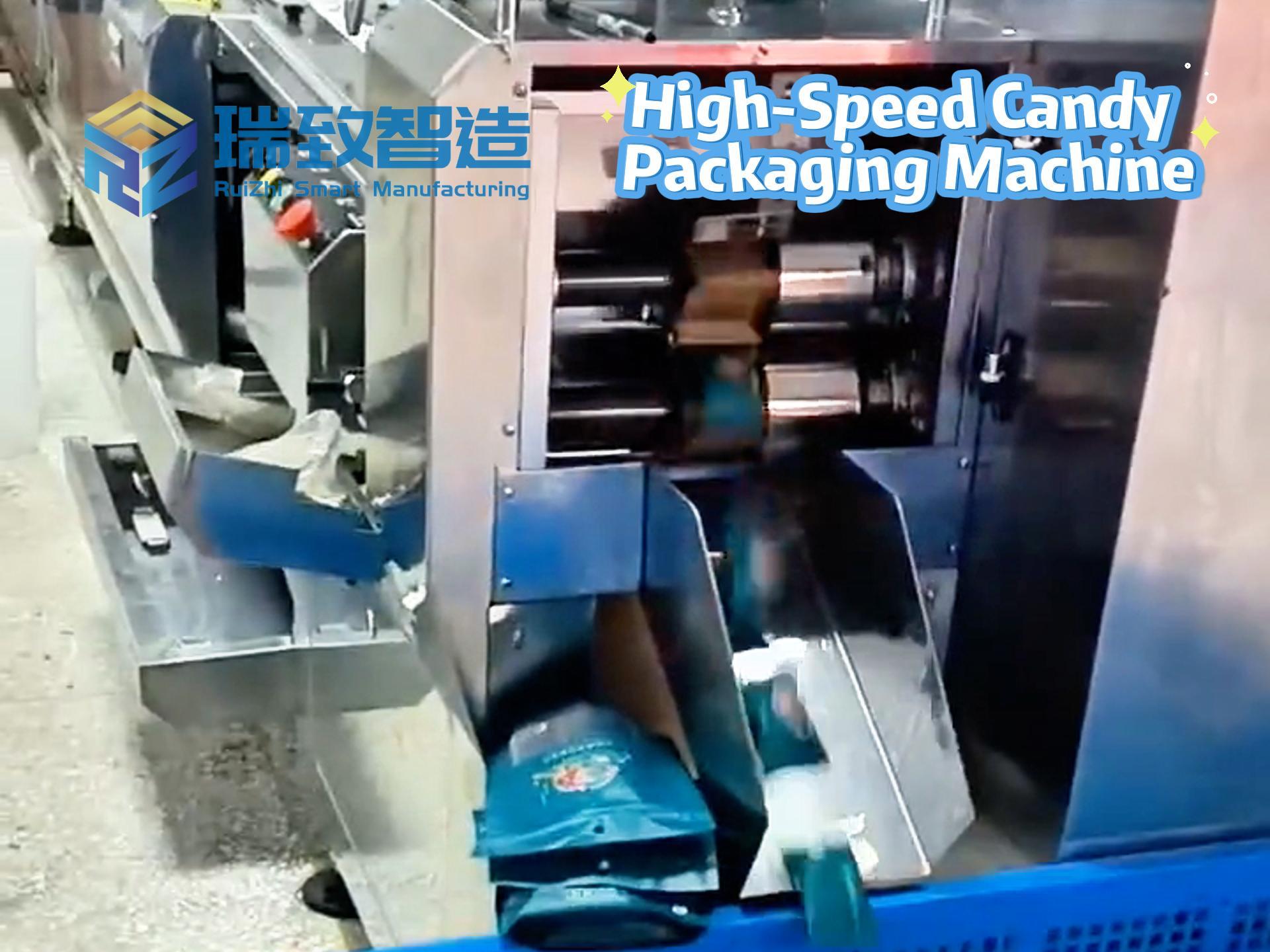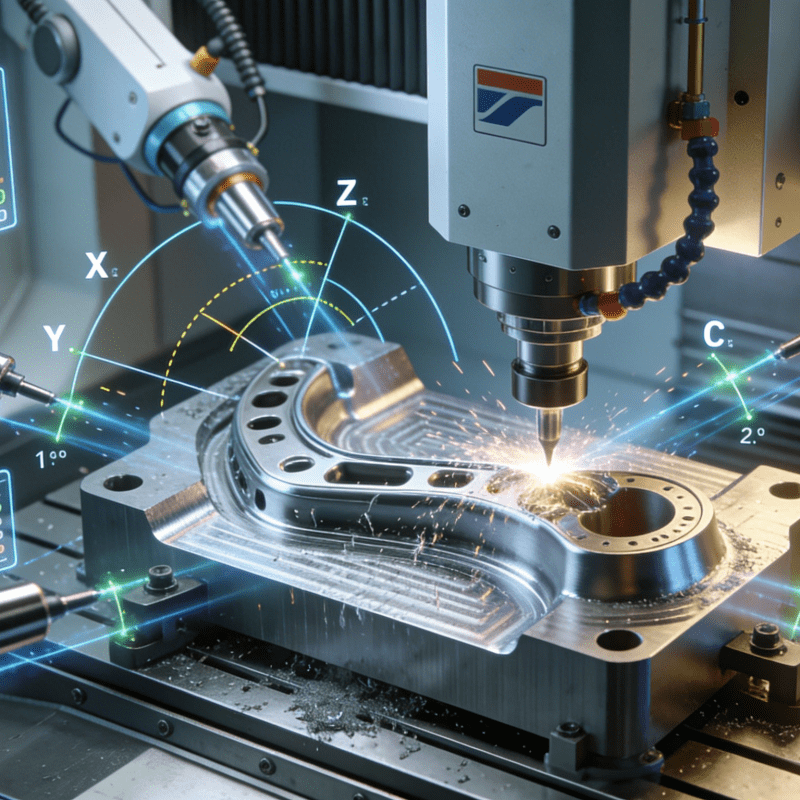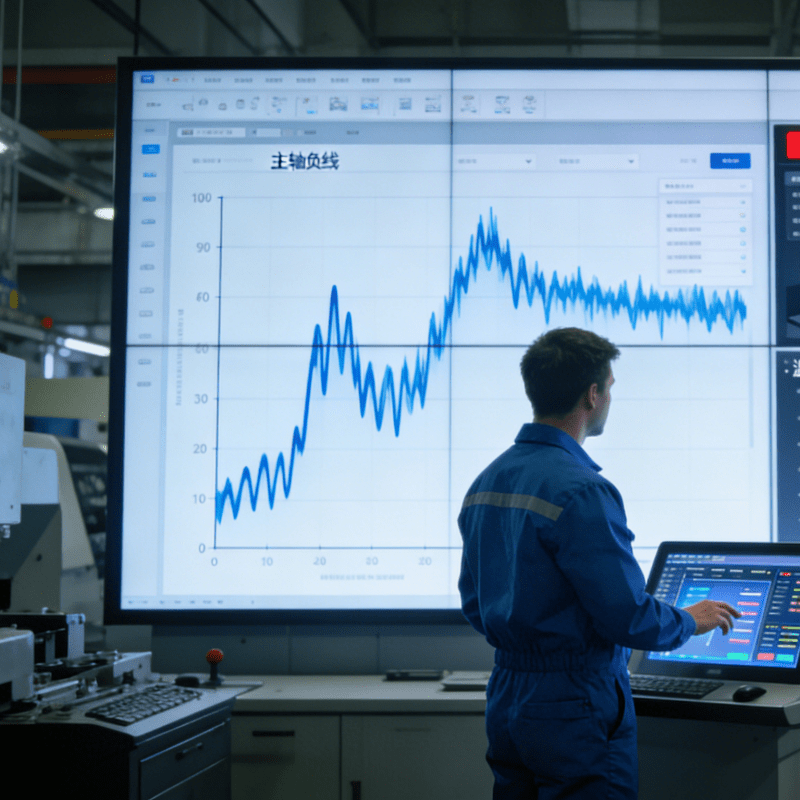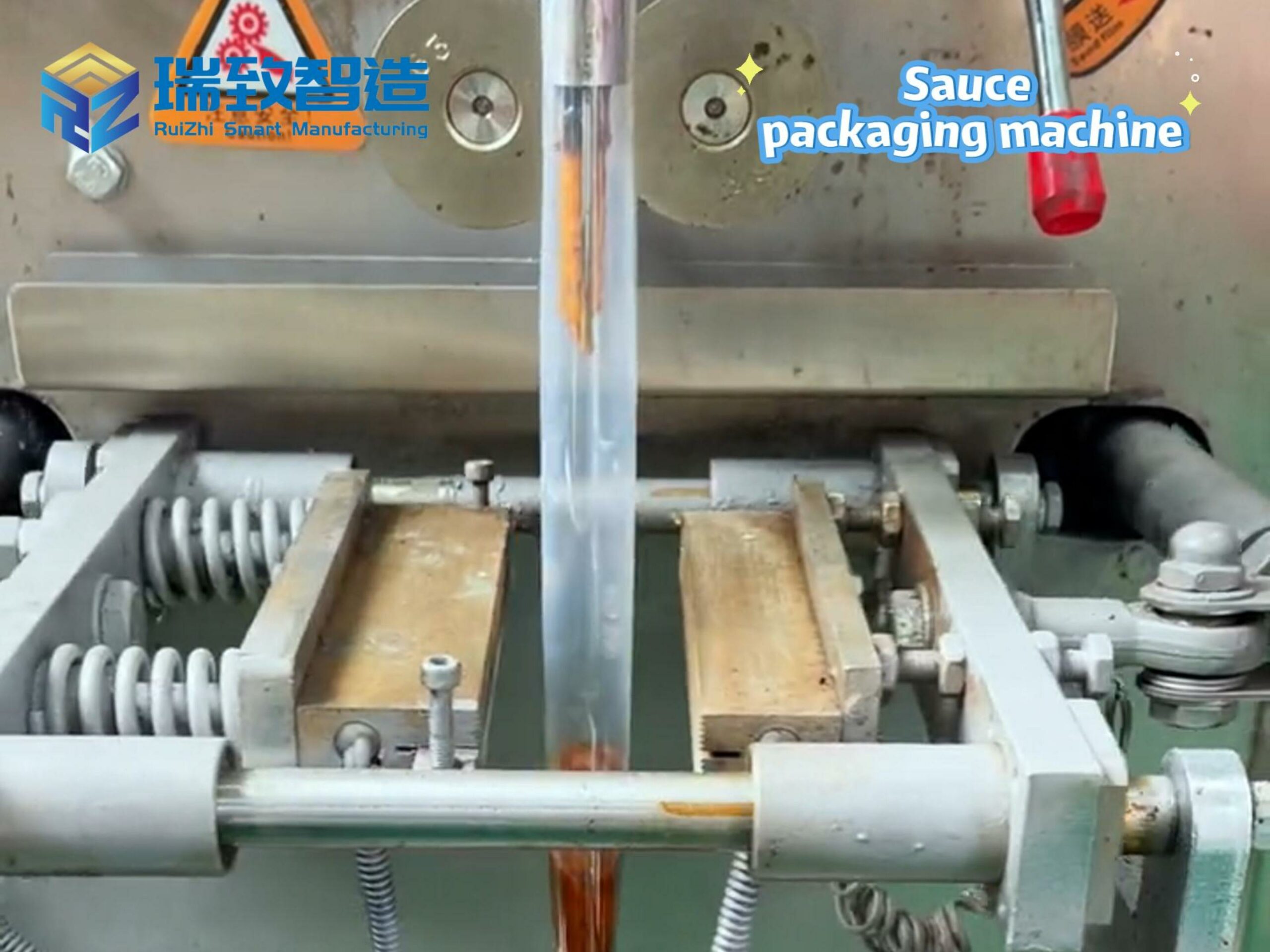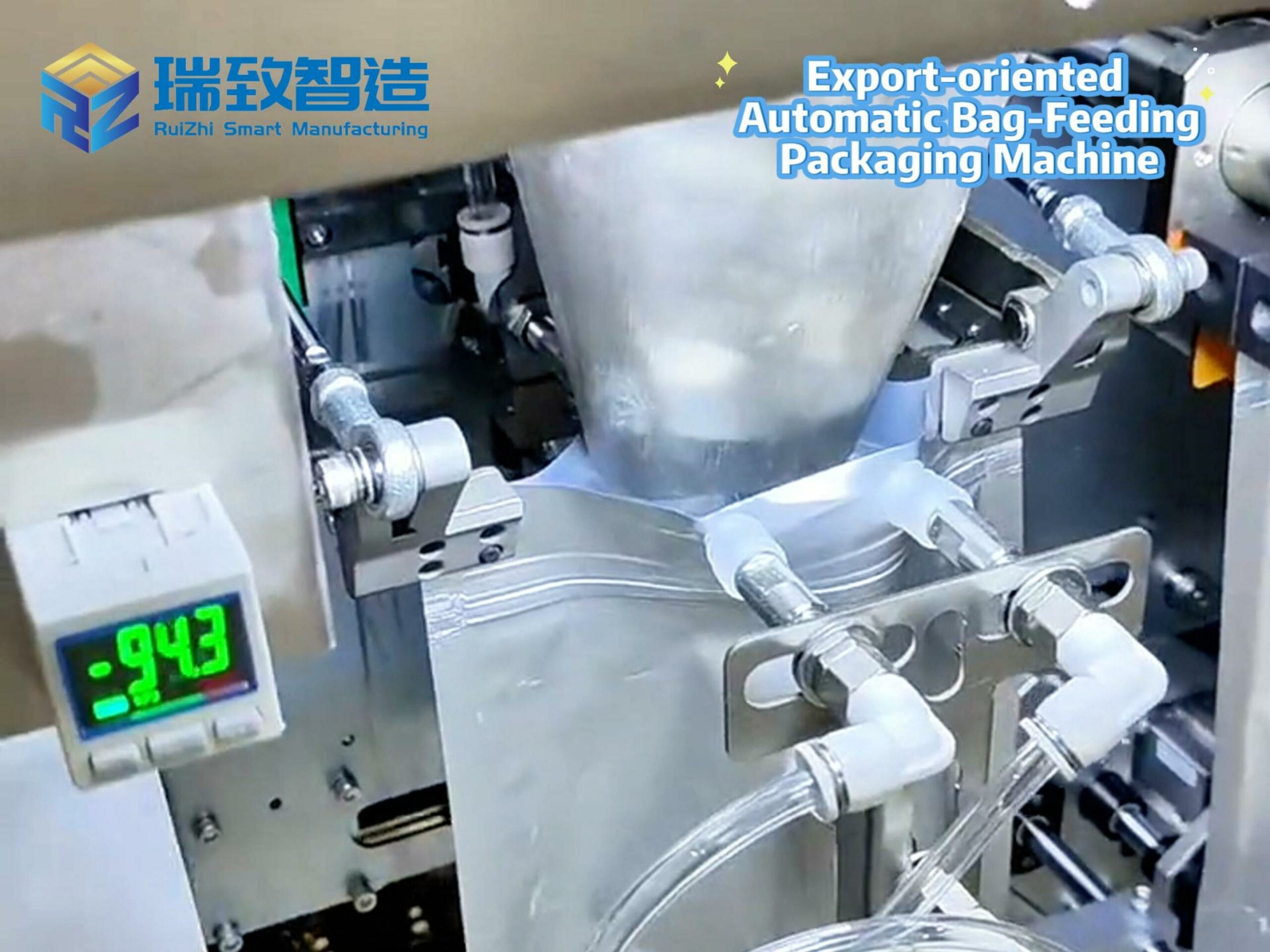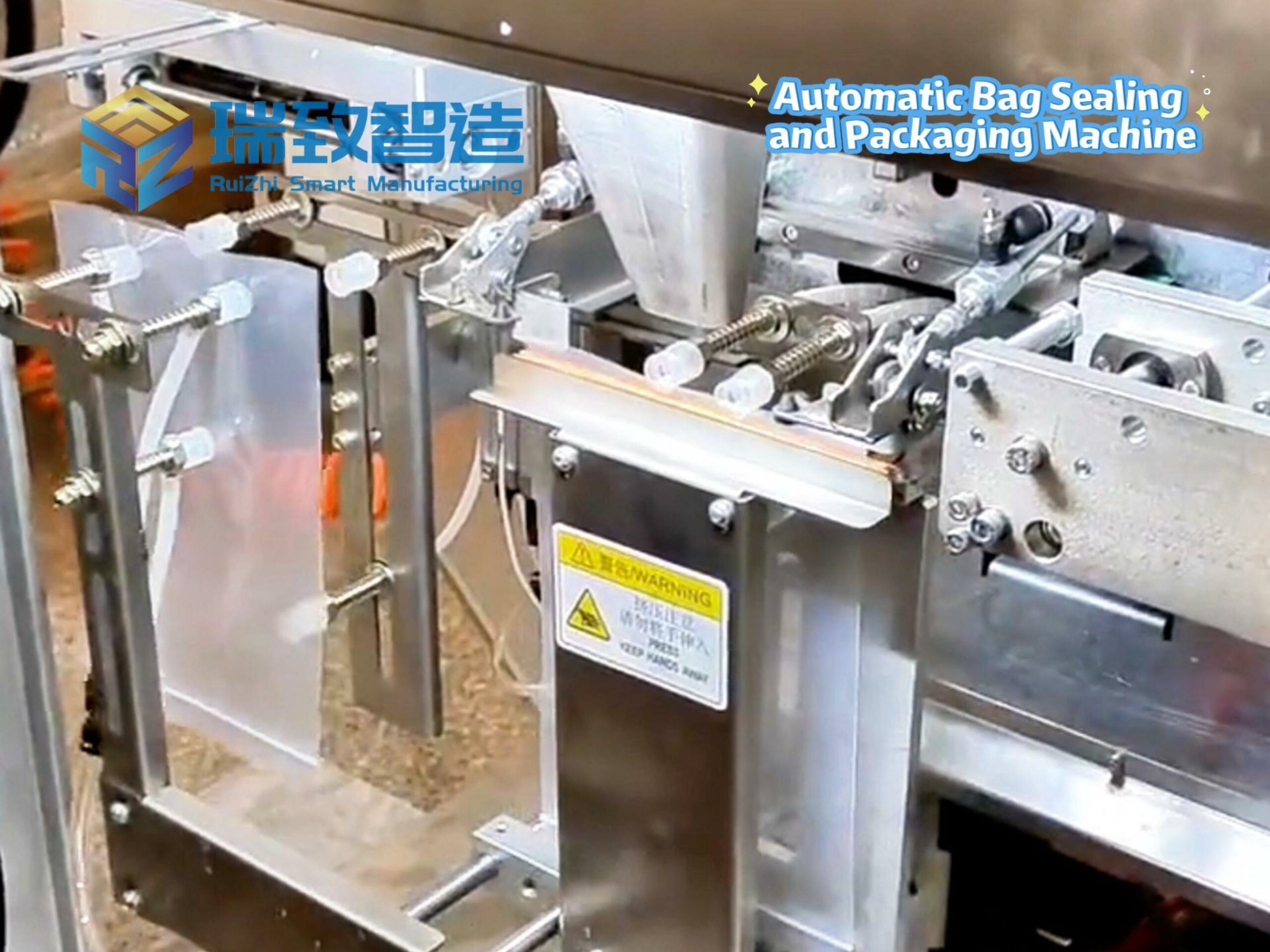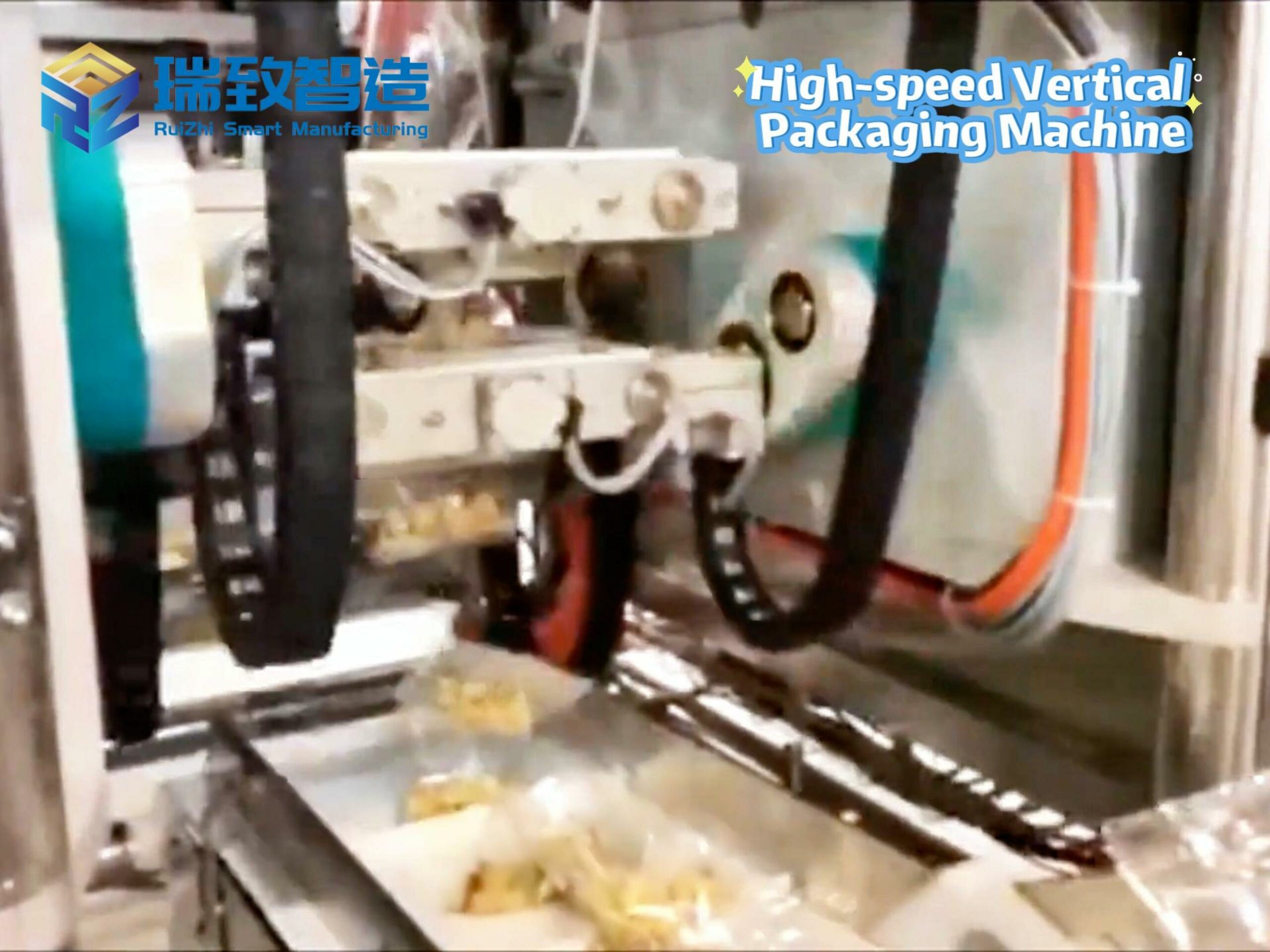
Introduction: At the forefront of the Artificial Intelligence (AI) revolution, concerns have arisen about whether AI will replace human labor. However, upon careful consideration, applying AI to component manufacturing does not mean completely replacing personnel and processes with automation; on the contrary, AI can double efficiency and enhance production performance by strengthening existing systems.
At the forefront of the Artificial Intelligence (AI) revolution, concerns have emerged regarding whether AI will replace human workers. Nevertheless, upon closer inspection, the application of AI in component manufacturing does not signify the complete replacement of personnel and processes with automation; instead, AI can multiply efficiency and improve production effectiveness by enhancing existing systems. Take intelligent collaboration in Computer-Aided Manufacturing (CAM) systems as an example: by analyzing 3D models of components and interacting with complex software, AI can automatically generate optimized tool path plans. When traditional production processes are combined with intelligent data collection, AI and full-dimensional digital twin technology will become the core driving forces for realizing the next generation of data-driven manufacturing.
The Necessity of Industrial-Grade AI
Although AI brings numerous advantages to component manufacturing, its application requires caution. In the consumer sector, occasional errors or AI illusions may not cause significant losses; but in industrial scenarios, which often involve huge amounts of money and even personal safety, any mistake in the production process may lead to catastrophic consequences.
To leverage the advantages of AI in industry, AI itself must meet industrial-grade standards. The results returned by the model must be robust, reliable, and reusable. Building industrial-grade AI involves multiple steps, including establishing a continuous testing framework to ensure the model produces expected results, developing automated processes to check correctness, and designing software to keep humans involved in critical tasks. With a solid foundation, industrial-grade AI can improve component manufacturing in three ways: optimizing manufacturing processes, analyzing manufacturing data and processes, and creating manufacturing benefits.
AI-Optimized Manufacturing
AI technology has been performing various tasks in machining workshops and various production environments, reducing waste of labor and materials while improving production efficiency. Current application areas of AI include:
- Using tools like Industrial Copilot to interact with maintenance manuals, production data, etc., through Natural Language Processing (NLP).
- Generating data-driven insights to enhance the understanding of energy conservation in production processes, thereby achieving energy optimization.
- Enabling AI-driven CAM operation editing to complete work faster.
Data-Driven Efficiency Upgrade
More advanced AI, connected to workshop, design, and production data, will achieve comprehensive optimization from workflows to ergonomics through powerful analytical capabilities. After integrating these data on platforms such as Siemens Insights Hub, AI can be deeply applied to the entire process from quality inspection reports to workshop scheduling. This in-depth analysis will continuously unlock new optimization spaces.
An important way for AI to improve production efficiency is predictive quality analysis. By analyzing defect data and correlating it with production and performance data provided by intelligent equipment, AI models can be built to identify key indicators of defects in the manufacturing process at an early stage. Early detection of these errors will reduce waste of time and materials.
In addition to processing massive datasets, AI can accelerate professional data analysis in specific scenarios, such as optimizing workers’ ergonomic designs. Some repetitive movements of workers, especially those involving bending or stretching, are prone to cause physical strain. Although workers have basic judgment on repetitive movements, it is much more difficult to predict their long-term effects. By applying AI models trained on human kinematics and ergonomic data, the ergonomic performance of specific movement sequences can be evaluated with just a single image. AI human simulation can efficiently analyze high-risk scenarios, and the analysis results can be immediately fed back to the digital twin system to quickly design workstations that meet health requirements and are efficient—arranging components and tools within intuitively accessible ranges.
Creating Manufacturing Gains
Generative AI, the most well-known form of AI currently, possesses unprecedented human-like dialogue capabilities. In the industrial field, generative AI will serve as a bridge between humans and technology, significantly lowering the threshold for using complex tools. In the future, generative AI will become a core component of no-code/low-code platforms, enabling programming control of complex machinery through natural language processing.
Currently, converting 3D models into usable G-code using CAM software is still a complex and time-consuming process, requiring operators to have professional knowledge of both CNC machining and specific software. AI-driven collaborative systems can greatly accelerate CNC program creation, cutting parameter calculation, and tool path verification.
Although human CNC experts will still be needed in the short term, AI technology in the form of CAM copilot can significantly speed up the process by lowering the tool usage threshold and automating many labor-intensive operations. This intelligent system can automatically generate machining strategies for CNC machine tools, reducing programming time from hours to minutes.
By simply selecting a feature on the 3D model, CAM copilot can generate multiple combinations of operations, tools, feed rates, etc., for users to review and then automatically fill into the software. At the same time, it can learn about production equipment through training and real-time verify whether specific designs and tool paths can be produced safely on designated machines.
These types of generative AI tools can also serve as knowledge bases, learning from expert users and past work, and using manufacturing methods based on the best practices in the workshop. With robust industrial-grade AI deployment, proprietary knowledge can be kept secure and made more accessible to both new and senior employees, ensuring that valuable expertise is not lost.
Using Industrial AI to Analyze, Optimize, and Generate
As the digitalization of manufacturing continues to advance, whether enterprises can use data to achieve goals of quality, sustainability, and efficiency is becoming increasingly important, regardless of their size. AI is becoming an important means to analyze, optimize, and drive improvements in manufacturing. From simple insights to full-featured assistance, AI will be a key element in realizing data-driven manufacturing, transforming previously unused 1s and 0s into a treasure trove for comprehensively improving efficiency.

